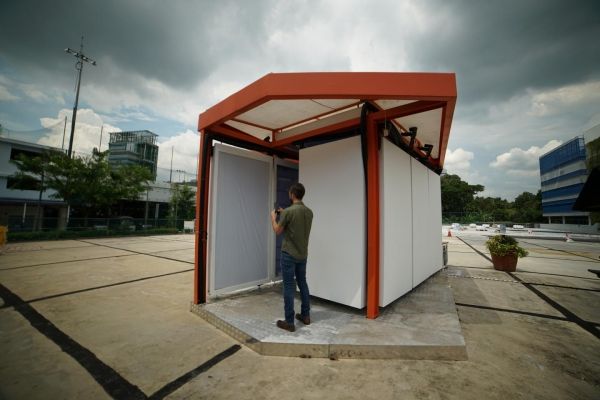Many people beat the summer heat by cranking the air conditioning. However, air conditioners guzzle power and spew out millions of tons of carbon dioxide daily. They’re also not always good for your health—constant exposure to central A/C can increase risks of recirculating germs and causing breathing problems.
There’s a better alternative, say a team of researchers from the University of British Columbia, Princeton University, the University of California, Berkeley and the Singapore-ETH Centre.
They call it the Cold Tube, and they have shown it works.
“Air conditioners work by cooling down and dehumidifying the air around us—an expensive and not particularly environmentally friendly proposition,” explains project co-lead Adam Rysanek, assistant professor of environmental systems at UBC’s school of architecture and landscape architecture, whose work focuses on future energy systems and green buildings. “The Cold Tube works by absorbing the heat directly emitted by radiation from a person without having to cool the air passing over their skin. This achieves a significant amount of energy savings.”
Read more at University of British Columbia
Image: Exterior of Cold Tube demonstration pavilion. (Credit: Lea Ruefenacht)


